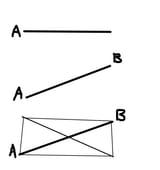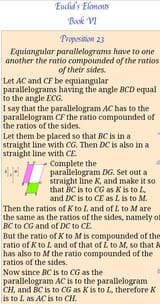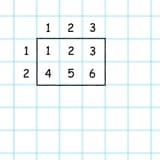>>16697608 (OP)I feel like this is a concept that people are supposed to be taught when they're 5.
Let's say I have a square 1 unit long, 1 u wide.
Now let's say I have a second square and I put that alongside the 1st square, look at the rectangle formed from the two of them and measure it's width, it is 2 u wide, 1 u long.
Now let's say I have a different square 1 u wide, 1 u long. I put a square underneath it, now you have a tall rectangle, 1 u wide, 2 u long.
Both rectangles you just formed have the same number of squares, the area of each square that formed them is 1 u^2.
Now that you have these rectangles both formed from 2 squares of area 1 u^2, you have rectangles of area 2 u^2.
And that is the point, you can compare them. You don't care which one is longer than the other or wider than the other, you care how many squares make up the rectangles. You don't need to care about the arrangement of the final shape in order to compare things by their area. I can say the area of a circle, a rhombus, a parallelogram, I can make a closed squiggly and still find it's area, I can curve the shape in 3d space and still compare it's 2d surface area.
That's why we care about area.





